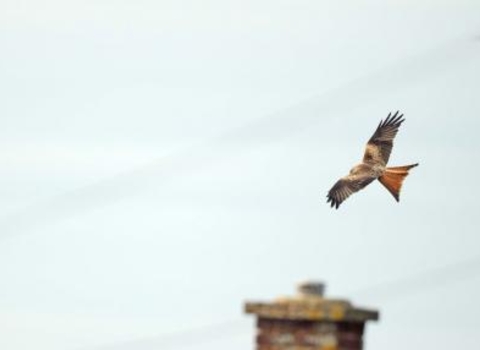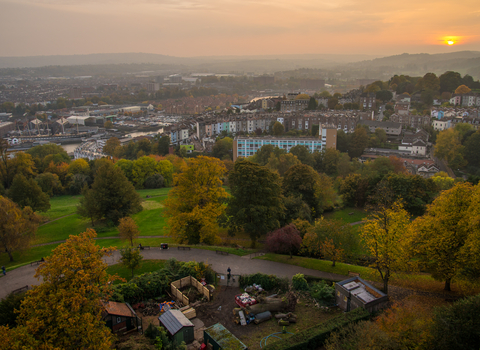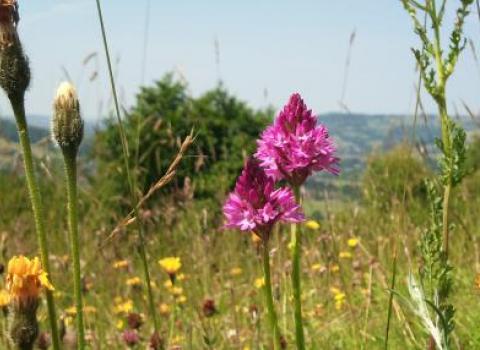Homes for People and Wildlife
As a region, as in the rest of the UK, we stand at a critical junction in the history of our built environment and its relationship with wildlife. The Government has committed to building a further 300,000 homes a year. Meeting these targets, whilst protecting wildlife, habitats and landscapes, will inevitably involve some very difficult decisions.
Building developments can damage or destroy habitats for local wildlife. But when nature is put at the heart of planning, housing developments can be built in a way that provides people with greener homes and allows wildlife to flourish.
On a local level we don’t have the resources to be able to respond to all the planning applications that are put forward across our region but we want to support you to do this where there is a strong case. On a national level we support the work of The Wildlife Trusts who are lobbying the Government to put nature at the heart of the planning process with their Wildbelt initiative.
What you can do
If you have concerns about a planning application in your area the first thing to do is to check whether the planning application has been submitted with the correct information. Any planning application which may have an impact on local nature conservation should be accompanied by an ecological report. You can search for planning applications at the relevant local authority website, which should also provide details of how to submit a comment. Find your local authority website here:
If you think your concerns are not adequately addressed in the planning application, we would strongly recommend you submit a comment to the relevant council outlining your views. We've produced a useful guide to help you through the process.
How is wildlife and nature currently protected?
There are many different laws and policies relating to nature conservation in the UK. Some policies and laws affect individual species, some focus on particular habitats and sites such as woodlands or wetlands, whilst others are larger in scale and give protection to whole landscapes.
Key UK legislation protecting wildlife and habitats
UK Nature Conservation Protection
The UK government has designated a range of sites of nature conservation significance at a national level. These are mainly designated as Sites of Special Scientific Interest (SSSIs). Several of our nature reserves contain SSSI sites including Dolebury Warren, Folly Farm and Goblin Combe.
Nature conservation sites are also designated at a local level and these sites receive protection through the planning process. These include Local Wildlife Sites and Sites of Importance to Nature Conservation.
Conservation of Habitats and Species Regulations 2010
These regulations came into effect to combine the various amendments made to the Conservation (Natural Habitats, &c.) Regulations 1994 with regards to England and Wales. They cover the designation and protection of European sites and the protection of European protected species.
Wildlife and Countryside Act 1981
This is the primary mechanism for wildlife protection in Britain. This legislation covers four areas:
-
Wildlife protection, including protection of wild birds, their eggs and nests, protection of other animal and protection of plants
-
Nature Conservation, Countryside & National Parks
-
Public Rights of Way
-
Miscellaneous provisions
Countryside Rights of Way Act 2000
The protection of SSSIs (Site of Special Scientific Interest), already established in the Wildlife and Countryside Act, is strengthened in this legislation. The Act also allows for prosecution of third parties that damage or destroy a SSSI.
Protection of Badger Act 1992
This animal welfare legislation protects badgers and their setts, and makes it illegal to:
- Wilfully capture, injure or kill a wild badger
- Be in possession of of a live or dead badger
- Destroy or obstruct access to an active badger sett
Wild Mammals Protection Act 1996
This Act offers protects a form of protection to all wild species of mammals and is more of an animal welfare than conservation Act.



